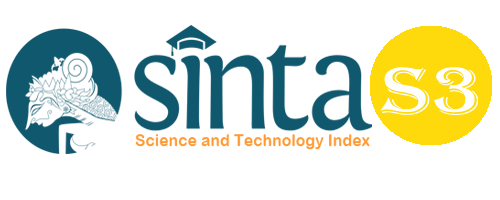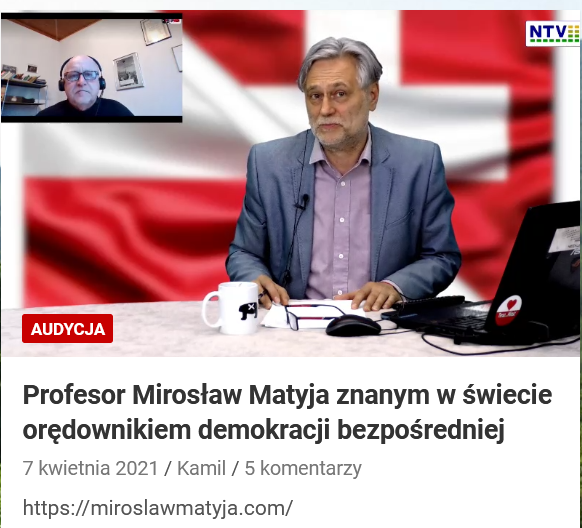The Position of Hadith/Sunna in Understanding the Quran
Abstract
Most of the verses of the Al-Quran, especially those related to law cannot be put into practice because they are absolute, general, and very broad in understanding. Therefore, the task of the Prophet Muhammad. to explain it to mankind through his words, which are called Hadith/Sunnah. Hadith/Sunnah is the second source of Islamic law after the Qur'an as the first source of law, because the Qur'an is qath'iyah wurud (it must come from Allah) because it is mutawatir (in groups) in its transmission. While the Hadith/Sunnah, some of them are qath'iyah wurud (must come from the Messenger of Allah), namely those that are narrated in a mutawatir manner and some are not qath'iyah wurud, namely the Hadith/Sunnah-sunnah ahad (the narration is one person). The Prophet's explanation. There are several forms of respect to the Qur'an, namely: 1. Detailing the global laws that exist in the Qur'an, such as the obligation to pray in the Qur'an which is global in nature, because it does not specify how many times, how many rak'ahs, and the procedure. 2. Explain the purpose of absolute law in the Qur'an, such as Allah's command to cut off the hands of thieves. 3. Specializing in general laws in the Qur'an, such as regarding the distribution of inheritance. The Qur'an is in dire need of the Hadith/Sunnah to explain the verses that are in outline form. Hadith/Sunnah as bayani (explanatory) for the Qur'an. Without Hadith/Sunnah, the Qur'an cannot be understood perfectly.
Keywords
Full Text:
PDFReferences
Abd al-Wahhab Khallaf. (1983).‘Ilm Ushul al-Fiqh, Kuwait: Dar al-Qalam.
‘Abd al-Karim bin Ali bin Muhammad al-Namlah. (2000). al-Jami‘ li Masa’il Ushul al-Fiqh, Riyad: Maktabah al-Rusyd.
Ali Hasballah. (1976). Ushul al-Tashri‘ al-Islami, Kairo: Daar al-Ma‘arif.
Amir Syarifuddin. (1997) Ushul Fiqh I, Cet. 1, Jakarta: Logos Wacana Ilmu.
Cik Hasan Basri. (2003). Model Penelitian Fiqh; Paradigma Penelitian Fiqh dan Fiqh Penelitian, jld 1, Jakarta: Prenada Media.
Departemen Agama RI, Topik Inti Kurikulum Nasional Perguruan Tinggi Agama Islam Fakultas Syariah, Jakarta: Depag RI, 1998.
Fatchur Rahman, Ikhtisar Mushthalahul Hadits, Cet. X, Bandung: Alma‘arif, t.t.
Imam Suprayogo and Tobroni. (2003). Metodologi Penelitian Sosial-Agama, Bandung: Rosda Karya.
M. Quraish Shihab, Hubungan Hadis dan Al-Quran, dalam http://kajianislam.wordpress.com/2007/06/26/hubungan-hadis-dan-al-quran,
Muhammad Abu Zahrah. (1958). Ushul al-Fiqh, Kairo: Dar al-Fikri al-‘Arabi.
Nasrun Haroen. (1997). Ushul Fiqh I, Cet. II, Jakarta: Logos Wacana Ilmu.
Nuraini. (2020). The Potentials of Goodness and Badness in Humans on the Qur'an and Hadith. Budapest International Research and Critics Institute-Journal (BIRCI-Journal). P. 718- 728
Soerjono Soekanto. (1986). Pengantar Penelitian Hukum, Jakarta: UI-Press.
Subhi al-Shalih. (1995). Membahas Ilmu-Ilmu Hadis, Terj. Tim Pustaka Firdaus, Cet. 2, Jakarta: Pustaka Firdaus.
Syaikh Khalid. (1986). ‘Abdu al-Rahman al-Makk, Ushul al-Tafsir wa Qawaiduhu, Beirut: Dar al-Nafais.
Wahbah al-Zuhayli. (1999).al-Wajiz fi Ushul al-Fiqh, Damaskus: Dar al-Fikr.
DOI: https://doi.org/10.33258/birci.v4i4.3414
Article Metrics
Abstract view : 56 timesPDF - 29 times
Refbacks
- There are currently no refbacks.

This work is licensed under a Creative Commons Attribution-ShareAlike 4.0 International License.

This work is licensed under a Creative Commons Attribution-ShareAlike 4.0 International License.

_.gif)

















_.gif)



